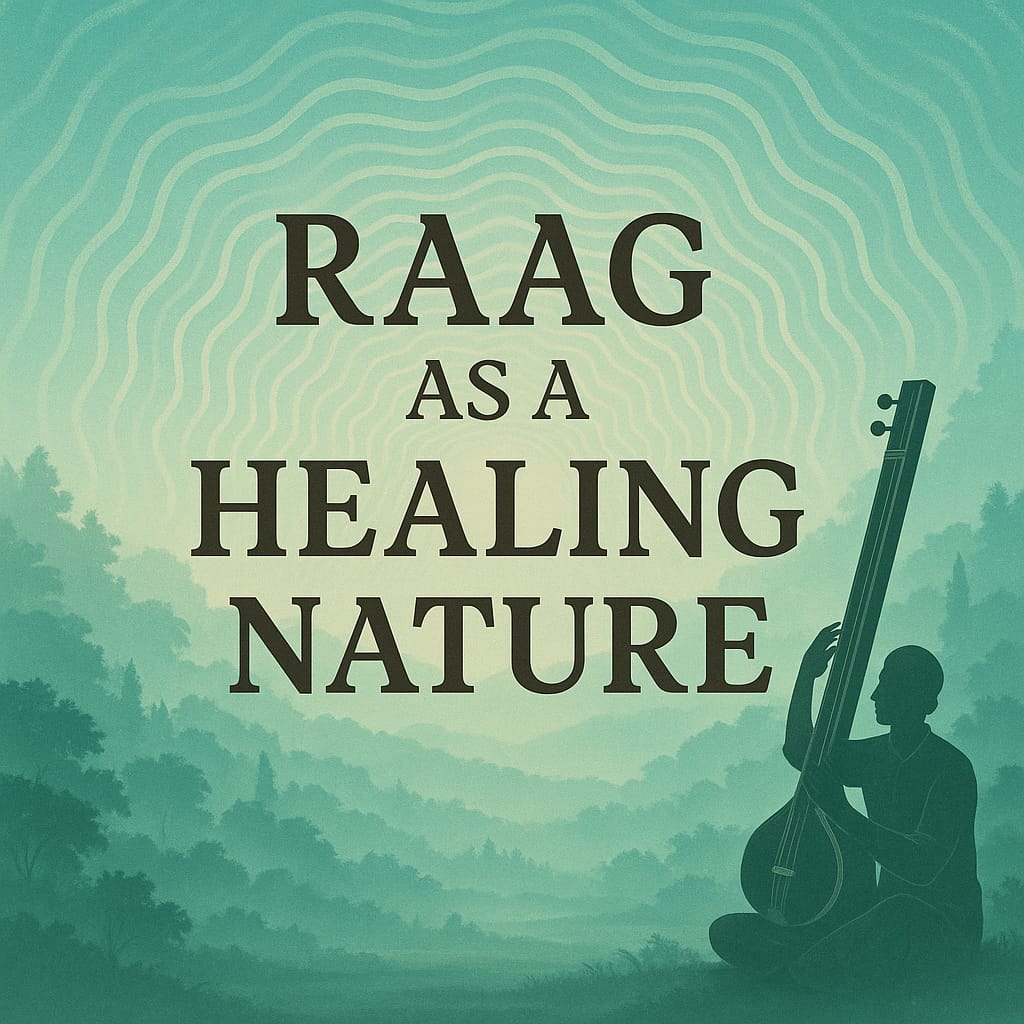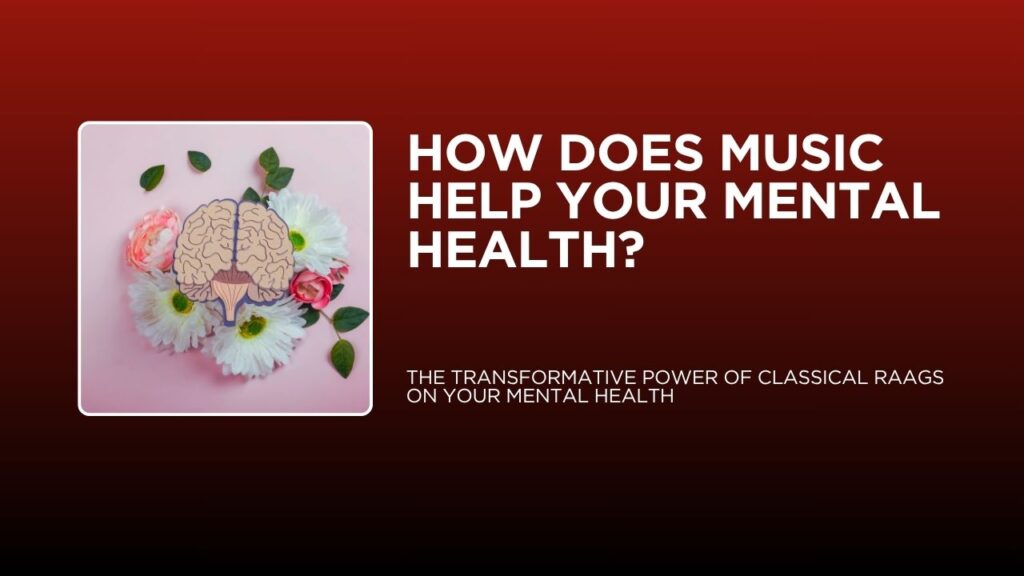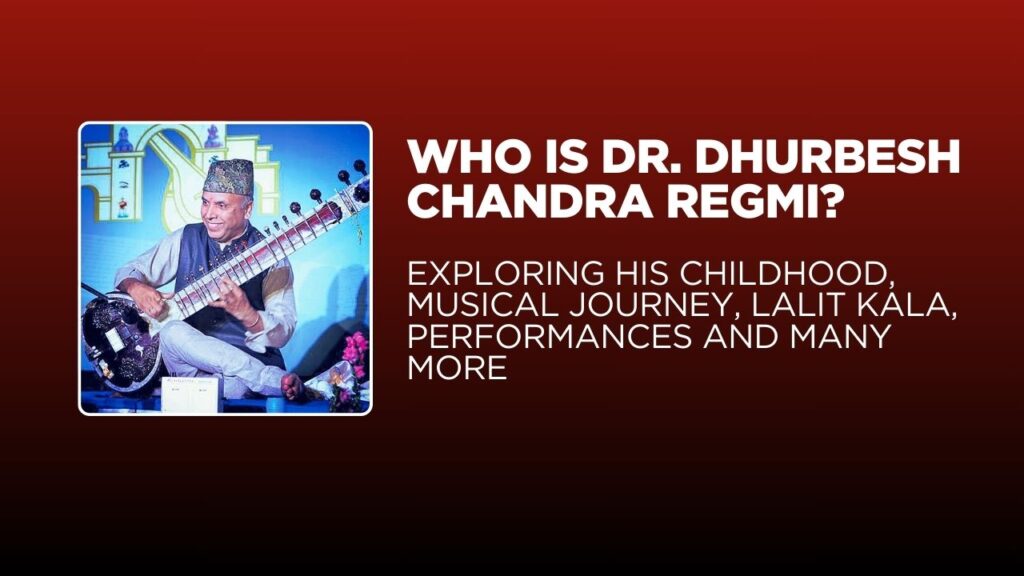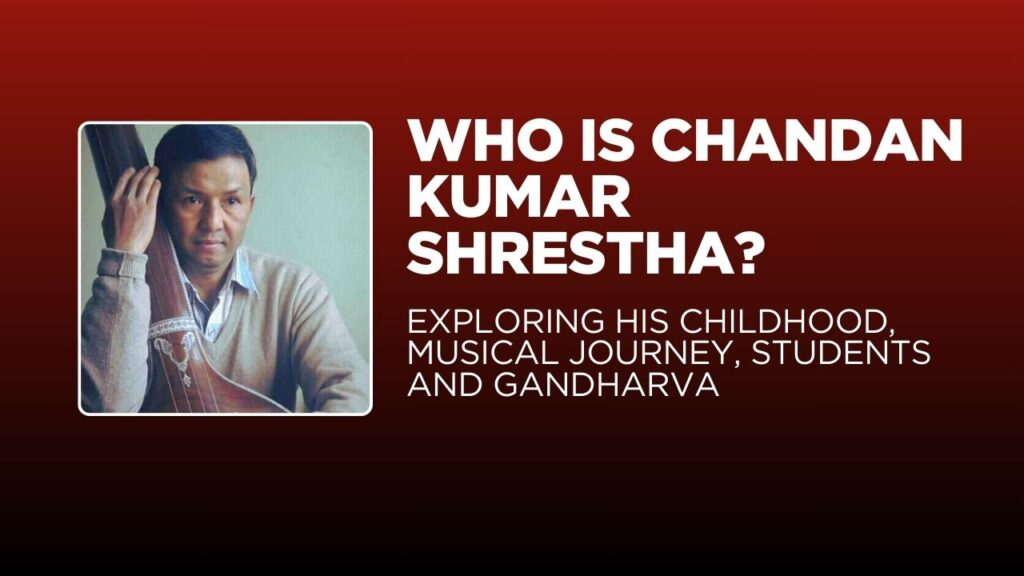Music has been humanity’s companion through every emotion joy, sorrow, longing, and healing. In recent years, both science and tradition have agreed on one fact: music is powerful medicine for the mind. At Manasukh Dhvani, a classical music school in Nepal rooted in the traditions of Dhrupad and Khayal, we experience this healing daily through the depth of Indian classical ragas.
Music is the more convenient way to trigger the mental aspect of the people. The healing aspects of music especially the classical music including the raaga music is the more easiest way to help the mental health. The grouped frequency of the notes with the resonance effect to the chakras of our body results in the mental aspects of the people usually called as healing (healing with sound).
The Science Behind Music and Mental Well-Being
Research shows that listening to or engaging in music has a profound impact on mental health. According to the American Psychiatric Association, music activates emotional, cognitive, and memory centers of the brain, helping to reduce anxiety, elevate mood, and even manage symptoms of depression.
A comprehensive study published in Translational Psychiatry highlights how music therapy leads to measurable improvements in mood and emotional regulation. The researchers found that music engages the brain’s reward system, lowering cortisol levels (the stress hormone) and increasing dopamine, which promotes a sense of well-being (Nature, 2023).
Similarly, the Journal of Education and Development outlines how music influences psychological resilience and emotional balance, especially in young adults.
Ragas: A Timeless Therapy for the Mind
While modern science is catching up, Indian classical music has always recognized the healing properties of ragas. Each raga is a unique melodic framework that evokes a particular mood or emotional state. The Dhrupad and Khayal styles, taught at Manasukh Dhvani, are especially potent in this regard due to their meditative structure and deep connection to breath, sound, and rhythm.
Ragas like Yaman, Bhairav, Todi, or Malkauns are not just musical compositions—they are living, breathing energies that resonate with different times of day, emotional states, and even elements of nature. When practiced or even listened to attentively, ragas can induce a profound sense of inner calm, clarity, and emotional release.
How Music Regulates Stress, Anxiety, and Depression
A systematic review published in the National Institutes of Health’s library shows that music significantly reduces anxiety and improves the overall quality of life in clinical and non-clinical populations (PMC article, 2021). Another insightful resource from the JED Foundation explains how music helps listeners better process emotions and feel less alone.
These benefits are amplified in Indian classical music. The slow, mindful elaboration (alaap) in Dhrupad, the structured improvisation in Khayal, and the cyclical rhythm of taals offer a complete mental detox. Our students often report feeling rejuvenated, emotionally lighter, and mentally stronger after just a few months of disciplined practice.
The Science Behind Sound and Healing
Modern neuroscience has shown that listening to music activates multiple areas of the brain, including those responsible for emotion, memory, and even motor control. It promotes the release of dopamine the “feel-good” hormone and reduces cortisol, the stress hormone. When you heal your mind with music, you’re not just soothing your ears—you’re literally reprogramming your brain for calmness and clarity.
Support for Mental Distractions Like Depression and Anxiety
Music is increasingly recognized in therapeutic circles for helping people manage mental health challenges such as depression, anxiety, and emotional trauma. Healing ragas in Indian classical music, rhythmic patterns, or even slow instrumental sounds can guide the nervous system toward balance and relaxation. Those who feel lost in emotional confusion often find their way back through daily listening and vocal practice.
The Role of Music in Self-Awareness and Emotional Regulation
Learning and engaging with music not only calms the mind but also enhances emotional intelligence. As you heal your mind with music, you become more self-aware, better at expressing emotions, and more resilient to stress. The act of singing, playing, or even meditating on a note can create a mindful connection between your thoughts and body.
Music as a Personal Healing Companion
Unlike medication, music is free of side effects. It can be tailored to your mood, chosen to reflect your energy, and practiced at your pace. Whether you’re listening to a serene raga, chanting, or just humming your favorite tune, the journey to heal your mind with music becomes deeply personal and powerfully transformative.
How classical music affects the brain
The concept of Raga and emotions in Classical music
The concept of raga and emotions in Hindustani music Indian classical music is one of the leading music systems in the world with a highly developed melodic framework and its rhythmic structure. It is believed to be have originated during the Vedic period where the Vedic chants developed the system of notes and rhythmic cycle. A raga is a melodic framework in which the arrangement of the notes(swaras), as well as their relative duration and order, is defined. The order in which the musical notes are used is fixed. The notes form a scale that is different in ascending (Aroha) and descending(aavroha) phrases.
There are rules laid down that specify phrases to use and to avoid and which notes to be used sparsely and often. Evoking emotions within human beings is one of the unique powers of music. Indian ragas as classified by their unique distinct phrases have some mood associated with their pitch classes and they establish the flavor or mood of the raag. This pitch class conveys emotions. Particular ‘rasa’ (mood evoked by the raagas grouped frequencies)is evoked by Indian ragas. Listening to the ragas arouses distinct emotional responses which in turn affect the mood of the individual and results in changes in brain activity.
Nine types of basic emotions are evoked by Indian art music collectively known as ‘navarasa’ as mentioned by sage Bharata in “Natyashastra”. One of the unique characteristics of Hindustani raga Sangit is that allocation of different times of day and night to perform a raga melody. This connection of time with the ragas is directly associated with the subtle changes that are constantly undergoing in our moods and emotions that arose in different moments of the day. Conventionally, each raga in Hindustani music has been assigned a corresponding emotion and it is known that when it is performed, it conveys those particular emotions.

For example, raga Yaman conveys a serene mood and at the same joyful and lively, raag Todi is associated with a mournful mood. The neurological system in the human body is impacted by the perception of these pitch classes. Music evoked emotions are known to change the activities in limbic and para-limbic brain structures.
How does the brain process music?
To understand the impact of listening to ragas in the human brain, it is important to have a basic understanding of how does the brain process music or what parts of the brain are involved in processing music, or if there are separate parts of the brain structures that respond to different emotions. Several neuroimaging techniques such as MRI (magnetic resonance imaging), fMRI (functional magnetic resonance imaging), PET (positron emission tomography) have been carried to study the processing of music in the human brain that has provided insights into the aspects of nonverbal brain function.
The way the human brain process music is indeed complex. The initial perception is processed in the auditory pathway from the cochlea to the primary auditory cortex. The individual sound elements like pitch, loudness, etc. are coded in this processing. The cerebral cortex processes the subsequent stages. The acoustic correlates of pitch (such as energy is a particular frequency band) are coded in the auditory pathway while the perception of pitch arises at the level of the cortex. The medial part of the heschel’s gyrus (part of the temporal lobe) contains the primary auditory cortex.
There is a Centre for the perception of pitch in the latter part of the HG (Heschel’s gyrus). There is a network of higher cortical areas in the temporal, parietal, and frontal lobes that surrounds the HG.
This network includes auditory association areas that process certain properties (including their spatial location, the timbre of a voice or musical instruments) of complex sounds. Anterior to HG there is the superior temporal gyrus (STG) which analysis auditory information such as spoken sentence or musical melody. Circuits that exist in the parietal and frontal lobes act as an intervening agency between music and other sounds and also other behavioral responses to other sounds.
Music processing includes a larger portion of the cortical mantle. In music, the pitch is used to construct melodies and brain activity during the analysis of melody includes the anterior and posterior, superior temporal lobes with a greater triggering in the right hemisphere. However, music processing doesn’t exclusively include anyone hemisphere of the brain but two hemispheres are relatively more or less involved.
Several functional imaging studies have shown that the reproduction of rhythm occurs in the lateral cerebellum and basal ganglia (group of subcortical nuclei responsible for motor control) and sequences with time intervals in integers ratios (more common in music) are distinctly represented. Some circuits mediate emotional responses which include the amygdala, hippocampus, their subcortical and cortical connections which together constitute the ‘limbic system’. Within the limbic circuitry, the amygdala is one of the main structures which is associated with the initiation, termination, generation, maintenance, and detection of emotions that are needed for human survival. Music can evoke activity changes in the amygdala.
Natural Path to Mental Wellness
No Prior Knowledge Required
Whether you’re a beginner or someone revisiting music, our healing course welcomes all levels. With personalized attention and a friendly learning space, you’ll gradually learn how sound can shift your mood, balance your thoughts, and uplift your spirit.
Mindful and Meditative Approach
Each session blends Indian classical techniques with simple mindfulness practices. You’ll learn to vocalize notes, understand healing ragas, and practice soothing compositions that calm the nervous system. This is not just learning music—it’s an inner journey.
Who Is It For?
- Anyone facing emotional fatigue or mental distraction
- Students, professionals, and seniors seeking natural mental wellness
- Artists, creatives, or anyone looking to reconnect with their inner peace
Conclusion
In a world where mental health challenges are becoming increasingly common, the ancient wisdom of Indian classical music offers a gentle but profound remedy. Through the practice of ragas, especially in the Dhrupad and Khayal traditions, we reconnect with our breath, our emotions, and our true inner rhythm.
If you’re looking to explore the healing power of music in Nepal, join us at Manasukh Dhvani. Experience not just the music, but the medicine of sound.
Wanna Learn Classical Musc? How to Join?
- Simply contact Manasukh Dhvani via email to book your free demo session and start your journey to heal your mind with music.
- You can also contact us from our home page using whatsapp or other media.
- You can directly reach with us through a call . For our contact no : 9803712668 / 9745680582
- You can also directly reach to our venue for further inspection. You can find Manasukh Dhvani in Google Maps.



